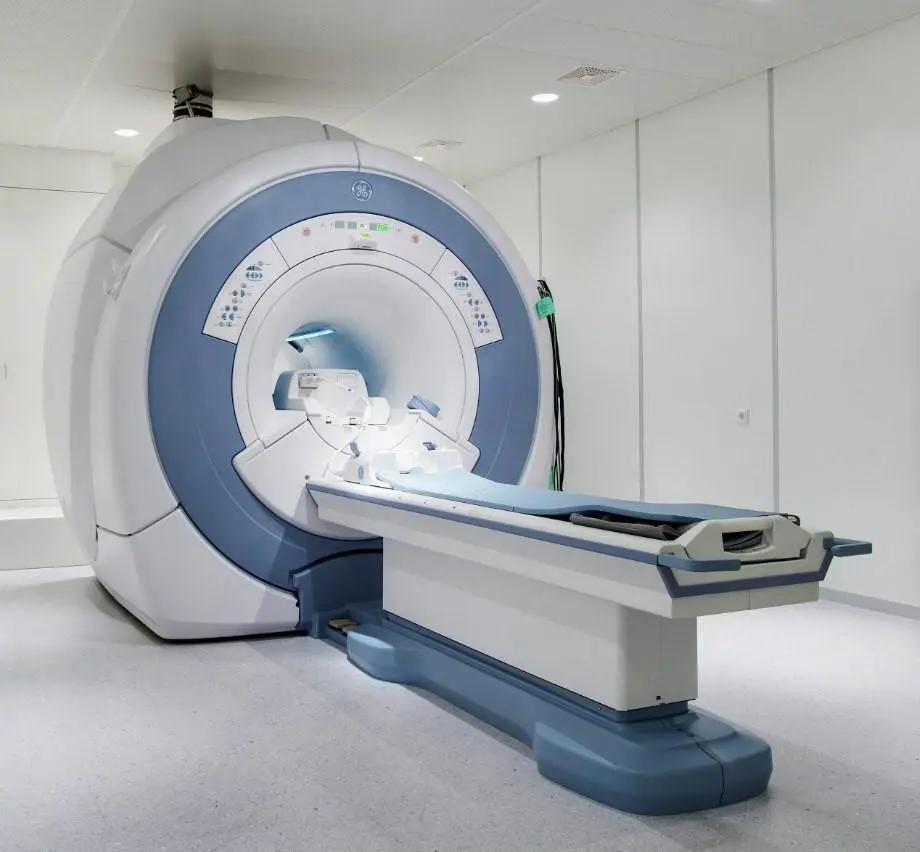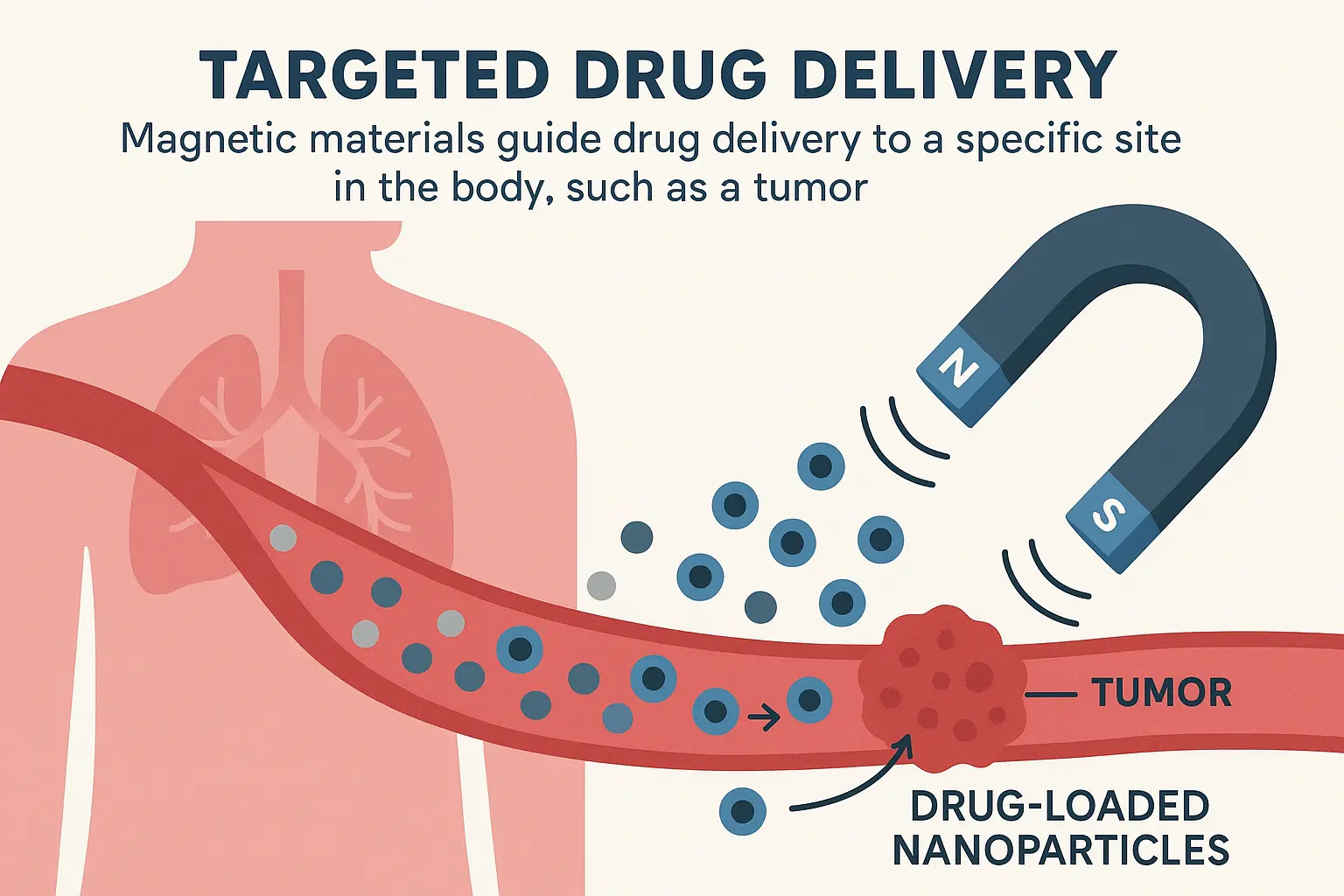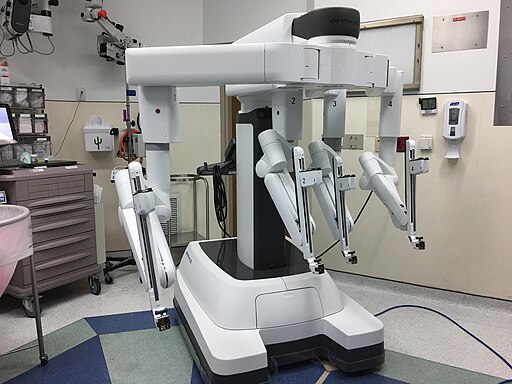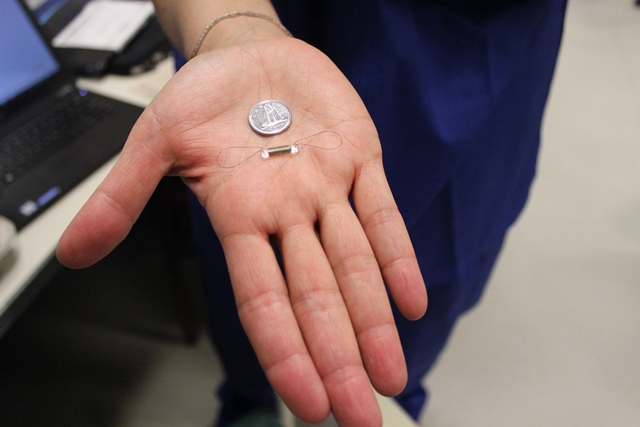Application of Magnetic Materials in the Medical Equipment Industry
Magnetic materials play a critical role in the medical equipment industry, powering innovations that enhance diagnostic accuracy, treatment effectiveness, and patient comfort. From large-scale imaging machines to precise surgical instruments, magnets provide the reliability, sensitivity, and miniaturization required for modern healthcare solutions. At HS Magnet, we deliver advanced magnetic products that meet the demanding standards of the medical sector.

Magnetic Resonance Imaging (MRI)
Magnetic Resonance Imaging (MRI) is arguably the most well-known medical application of magnets. This non-invasive diagnostic tool creates highly detailed images of organs, tissues, and skeletal structures without using ionizing radiation like X-rays.
Key Magnetic Materials: The most powerful MRI machines use superconducting magnets made from materials like niobium-titanium alloys. These materials have zero electrical resistance when cooled to extremely low temperatures (using liquid helium), allowing them to generate incredibly strong magnetic fields (up to 3 Tesla or more).
How it works: An MRI machine uses an extremely powerful superconducting electromagnet to create a uniform magnetic field around the patient. This strong field causes the protons (hydrogen nuclei) in the patient’s body to align in a specific direction. The machine then sends out radio waves, which temporarily knock the protons out of alignment. When the radio waves are turned off, the protons “relax” back into their original alignment, emitting a signal that is detected by the machine. Different tissues have different relaxation times, allowing a computer to construct a detailed, cross-sectional image of the body.
Targeted Drug Delivery
An exciting and growing field of medicine uses magnetic materials to deliver drugs precisely to a specific site in the body, such as a tumor.
Advantages: This method minimizes the side effects of drugs like chemotherapy, which typically affect the entire body. It also allows for a higher concentration of the drug at the diseased site, increasing its effectiveness.
How it works: Tiny magnetic particles, often made of iron oxide, are coated with a drug and injected into the bloodstream. An external magnetic field is then applied to the target area (e.g., a cancerous tumor). This magnetic field guides the particles to the desired location, where the drug can be released.


Surgical Tools and Medical Robots
Magnets are transforming surgical procedures by enabling new levels of precision and reduced invasiveness.
- Magnetic Surgical Robots: Tiny, screw-shaped robots can be navigated through blood vessels using an external magnetic field. This allows surgeons to access and remove blockages in delicate areas, such as the brain, with minimal invasiveness.
- Magnetic Catheters: Similar technology is used to guide catheters through the body. A magnetic tip on the catheter allows for precise steering using an external magnetic field, which is particularly useful for complex procedures in the heart or brain.
- Magnetic Compression Anastomosis: In certain surgical procedures, magnets are used to compress two segments of tissue together, allowing them to heal and join without the need for traditional stitches or staples. This can lead to faster recovery times for patients.
Implantable Devices and Sensors
Many implantable medical devices rely on magnets for their function, power, or as a safety feature.
Heart Pumps: Some heart pumps use magnetic levitation, which allows the rotor to spin without physical contact or friction. This reduces damage to blood cells and extends the life of the pump.
Pacemakers: Magnets are used to program or adjust the settings of pacemakers non-invasively.
Cochlear Implants: A magnet is used to hold the external audio processor of a cochlear implant in place against the skin, allowing it to communicate with the internal implant.

Other Key Applications
Laboratory Diagnostics: Magnetic particles are used to separate specific cells or molecules from a sample for research and diagnostic purposes. This process, known as biomagnetic separation, is essential for detecting diseases, purifying DNA, and isolating cells for further study.
Transcranial Magnetic Stimulation (TMS): This non-invasive procedure uses a strong, focused magnetic field to stimulate nerve cells in the brain. It is primarily used to treat depression and is being explored for other neurological disorders like anxiety and Parkinson’s disease.
